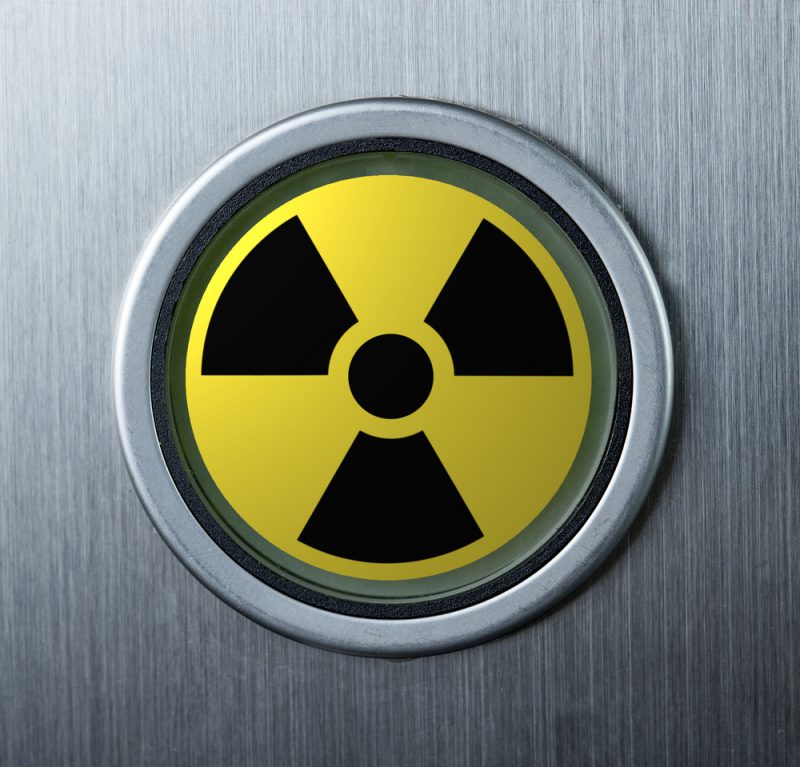Oak Ridge National Laboratory researchers develop new alloy to enhance nuclear safety

A team led by researchers from the Department of Energy’s Oak Ridge National Laboratory (ORNL) recently developed a new material for use in cladding nuclear fuel rods to enhance nuclear safety.
The new material is an alloy of iron, chromium, and aluminum. For the past six decades, the fuel rods at civilian nuclear power plants have been clad with an evolving zirconium alloy. The new alloy avoids the use of zirconium.
Zirconium works well during regular operation because it absorbs very few neutrons. If a reactor loses its access to cooling water, however, zirconium can worsen associated problems because it reacts with steam at high temperature, causing it to produce high amounts of heat and hydrogen.
The research team sought to develop a material that would create as little hydrogen as possible while matching the performance of zirconium alloys.
The team included experts in nuclear engineering, materials science, radiation effects, corrosion, thermomechanics and alloy fabrication and used a range of tools available at ORNL. The materials also underwent testing at ORNL’s High Flux Isotope Reactor, Idaho National Laboratory’s Advanced Test Reactor and the Halden research reactor in Norway. Developing the material took six years.
The cladding is now undergoing testing and evaluation by industry. In February, it was placed in a reactor at Southern Nuclear’s Hatch Nuclear Power Plant in Georgia for testing. More installations are planned.
